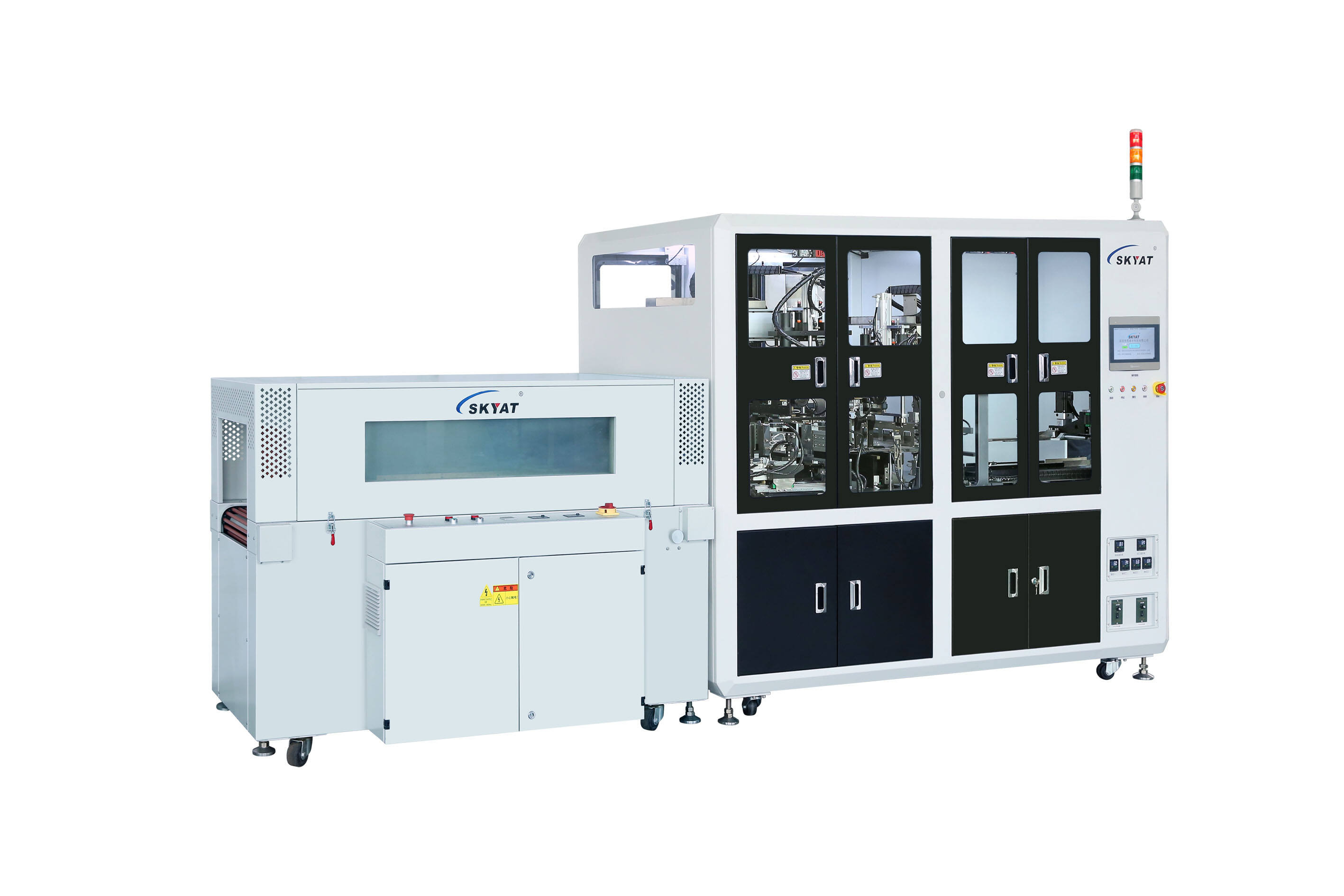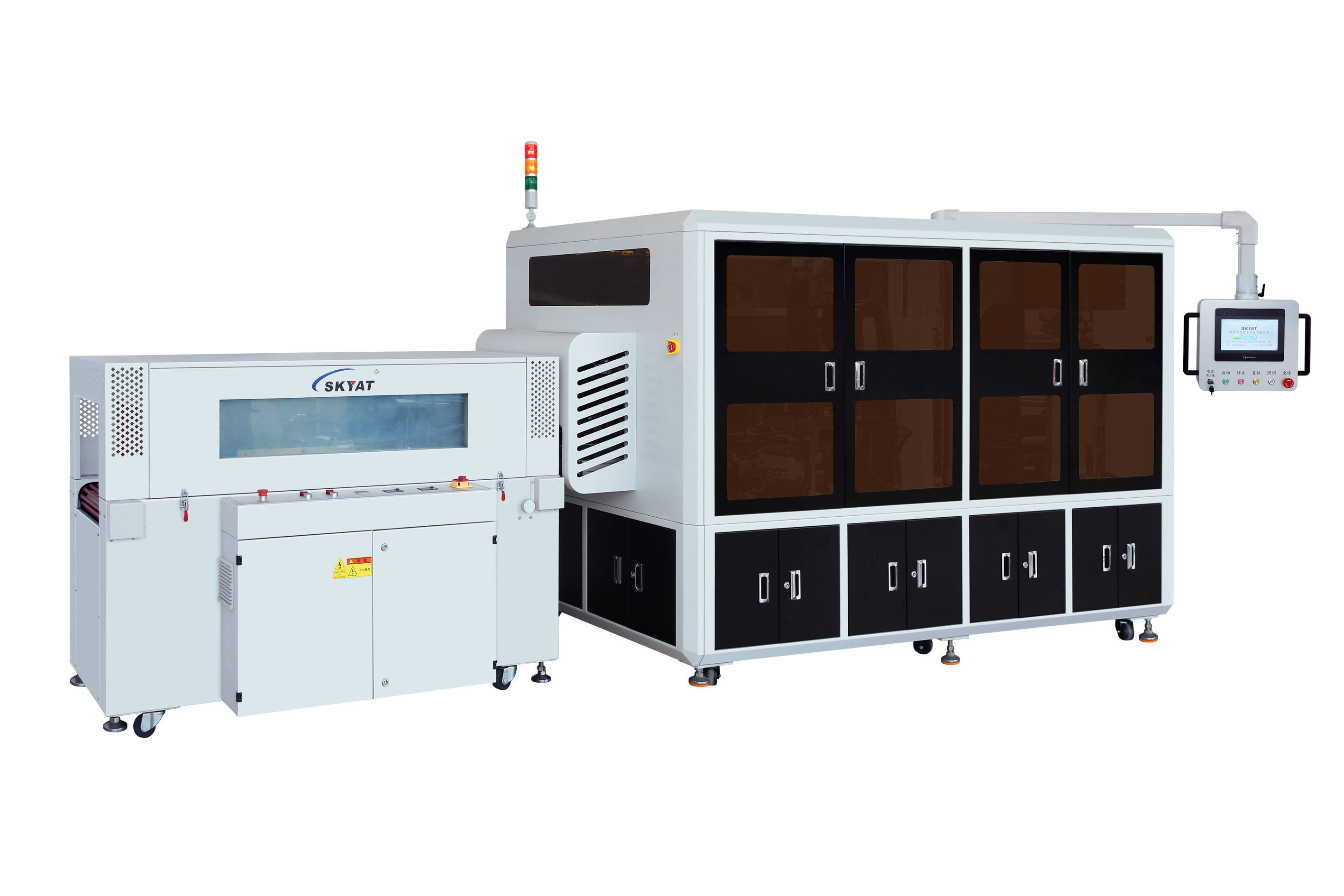The difference between manual and automatic shrink wrapping lies in their operational processes, efficiency, scalability, and suitability for different industries, making each better suited to specific business needs. Manual shrink wrapping relies heavily on human intervention, while automatic systems leverage technology to streamline and automate the packaging process, resulting in distinct advantages and limitations. In manual shrink wrapping, operators are responsible for every step: placing the product on the film, cutting the film to size, positioning it correctly, and feeding it into a separate shrink tunnel. This hands-on approach makes it labor-intensive, with speeds typically limited to 10-30 items per minute—suitable for small-batch operations like boutique cosmetics or artisanal tea production. However, this method offers flexibility for irregularly shaped products, such as custom ceramic items or one-off drone prototypes, where operators can adjust film placement in real time to ensure a secure fit. Automatic shrink wrapping, by contrast, automates these steps using conveyors, robotic arms, and sensors. Products are fed into the machine via a conveyor, film is automatically wrapped around them, and the package is sent through an integrated shrink tunnel—all with minimal human input. This allows for speeds of 50-200+ items per minute, making it ideal for high-volume industries like electronic manufacturing producing smart electronics or automotive parts production. Automatic systems excel at consistency, as pre-programmed settings ensure uniform film tension, sealing, and shrinking—critical for pharmaceuticals or healthcare products where regulatory compliance demands uniformity. Cost structures differ significantly. Manual setups have lower upfront costs, with basic equipment a heat gun or small tunnel costing a fraction of automatic machines. However, labor costs add up over time, especially for growing businesses. Automatic systems require a higher initial investment but reduce long-term expenses by cutting labor needs and minimizing material waste through precise film usage. For example, in new energy component manufacturing, where production runs are large, the savings from automation quickly offset the initial cost. Quality control also varies. Manual wrapping depends on operator skill, leading to inconsistencies in seal strength or film tightness—risky for products like game consoles, where poor packaging can damage delicate components. Automatic systems use sensors to detect flaws e.g., loose seals or wrinkles and reject subpar packages, ensuring every item meets standards. This reliability is why industries like steel manufacturing, where product damage during transit is costly, often opt for automatic solutions. Ultimately, the choice hinges on production volume, product complexity, and budget: manual for small, flexible operations; automatic for large-scale, standardized needs.




Copyright © 2025 By Skyat Limited. - Privacy policy